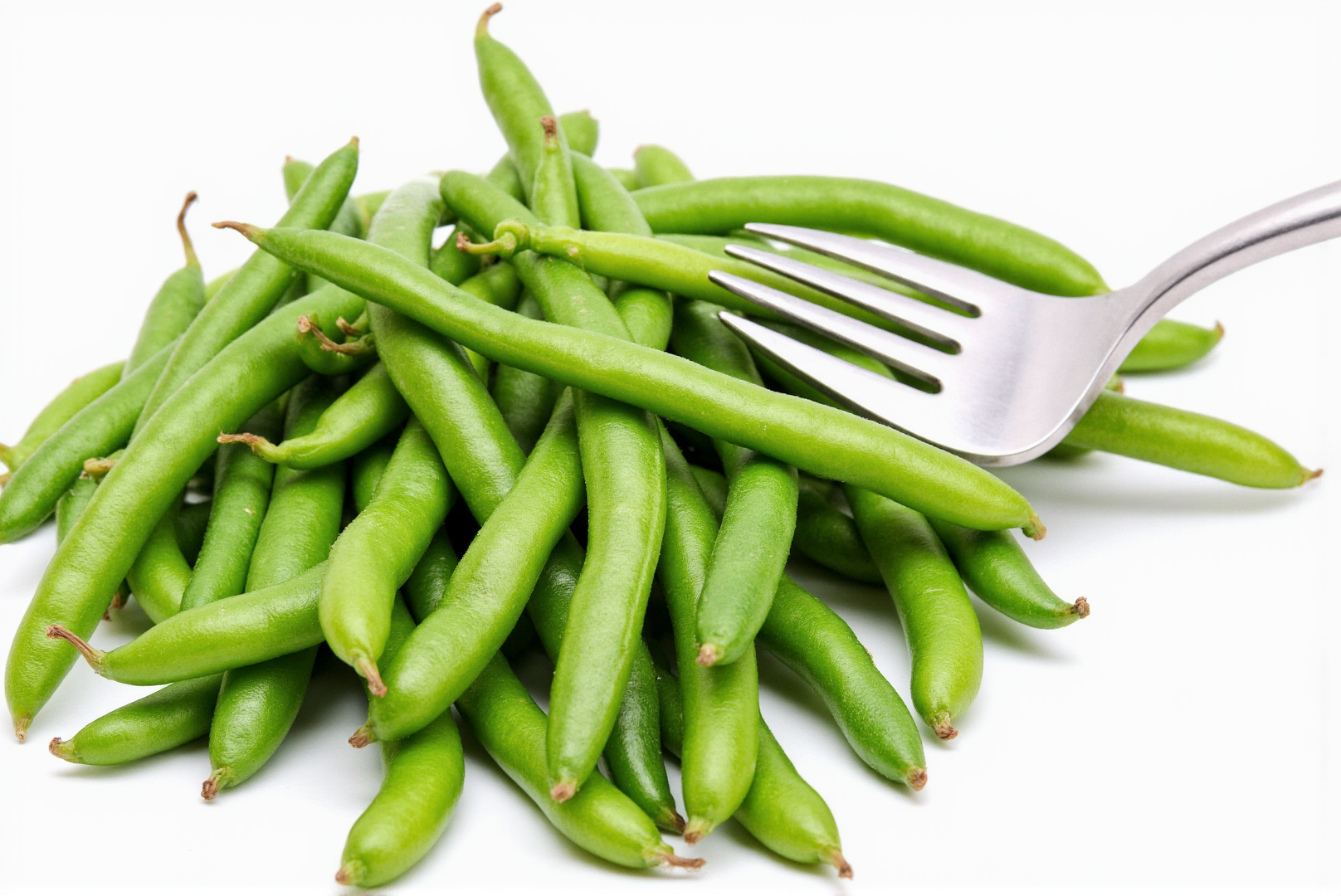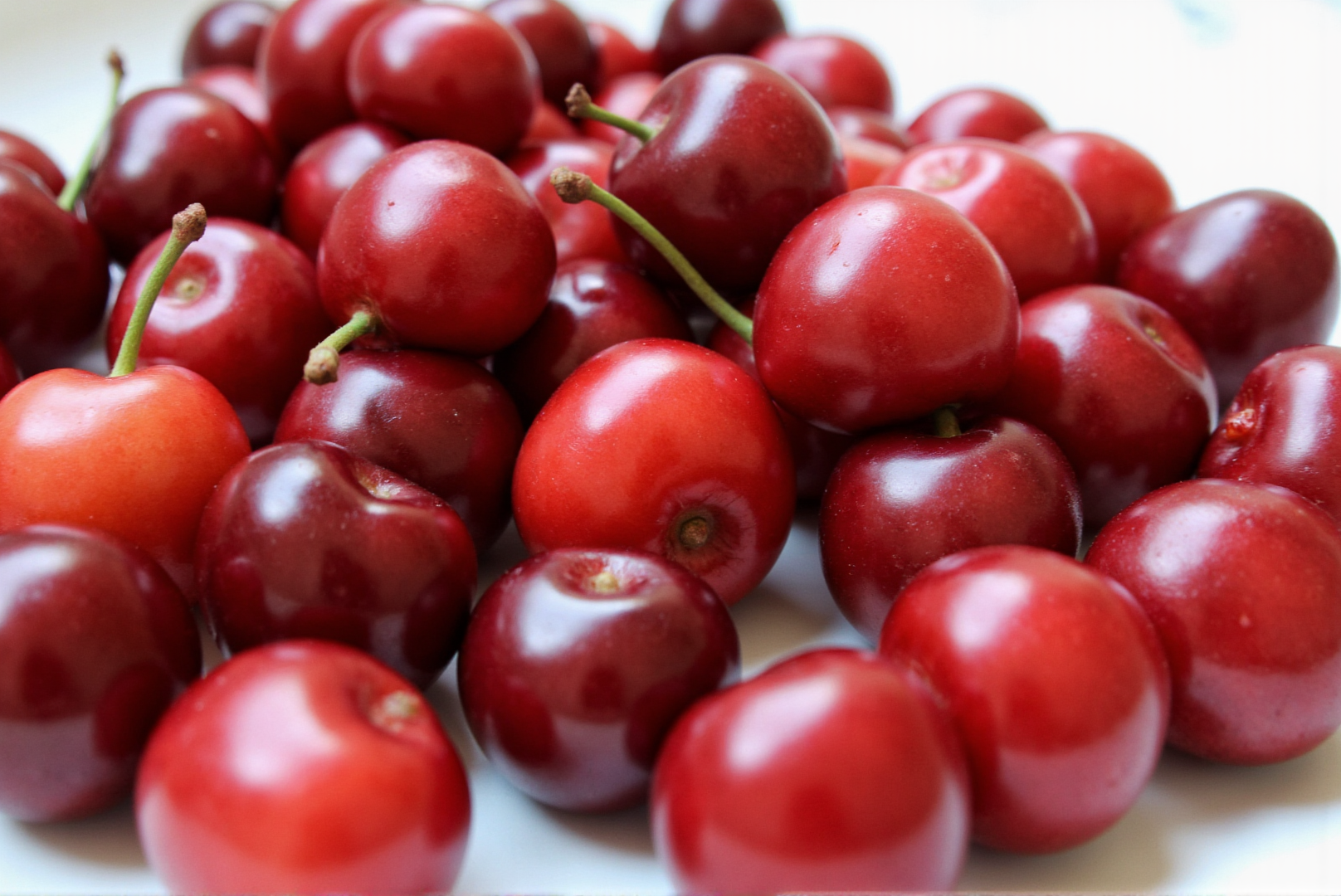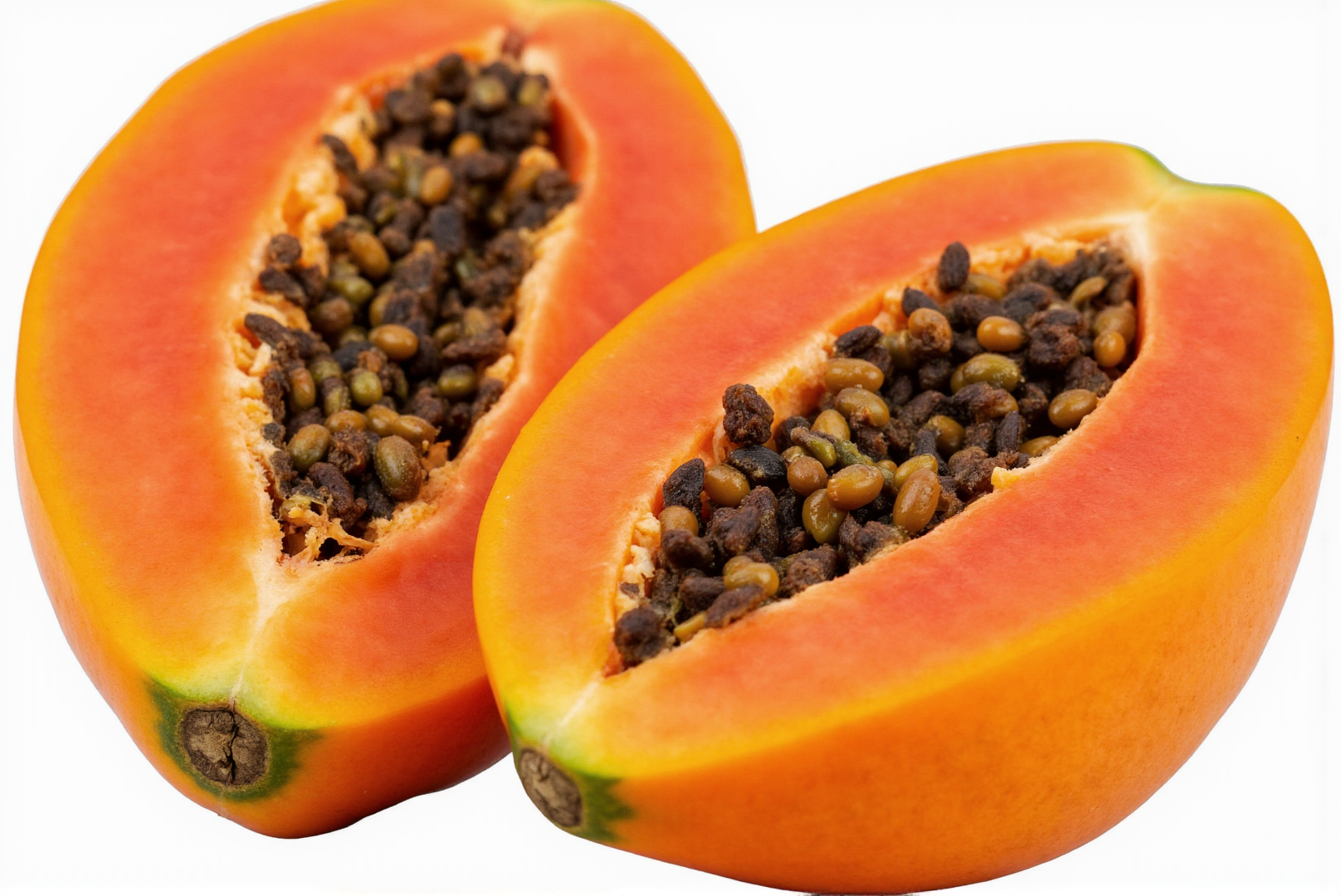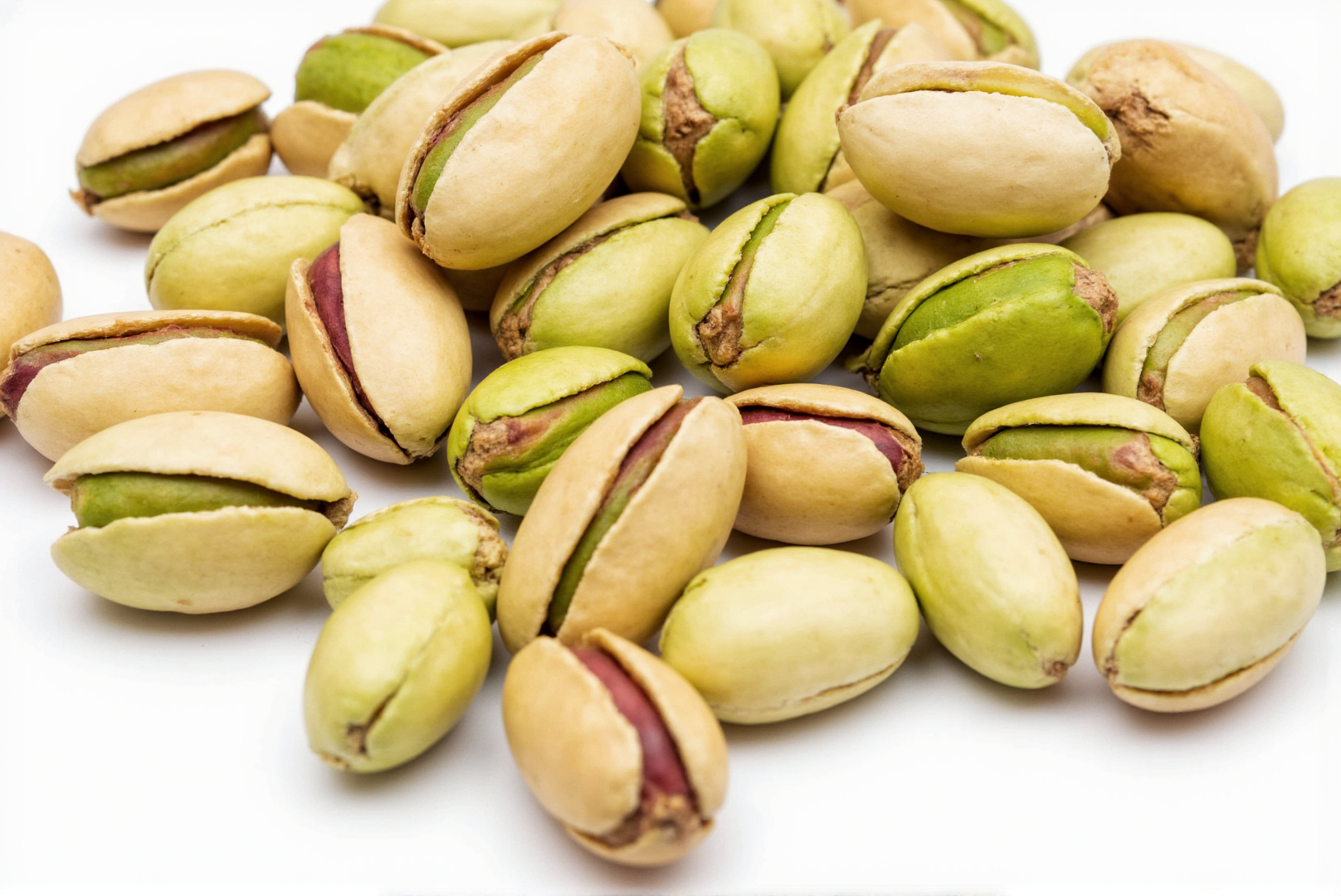Green beans are a popular vegetable on many dinner tables, and their crisp texture and mild flavor might make you wonder if they're safe to share with your furry friend. The good news is that green beans can be a healthy and nutritious treat for most dogs when prepared properly.
Can Dogs Eat Green Beans?
Yes, dogs can safely eat green beans! In fact, green beans are considered one of the healthiest vegetables you can offer your canine companion. They're low in calories, rich in essential nutrients, and provide a satisfying crunch that many dogs enjoy. Whether fresh, frozen, or canned (without added salt), green beans can be a beneficial addition to your dog's diet when served in moderation.
Veterinarians often recommend green beans as a healthy treat alternative for dogs who need to lose weight or maintain a healthy weight. Unlike many commercial dog treats that are high in calories and fat, green beans offer nutritional value without the extra calories.
Nutritional Benefits of Green Beans for Dogs
Green beans are packed with essential vitamins and minerals that can contribute to your dog's overall health. They contain vitamin K, which is important for blood clotting and bone health. They're also rich in vitamin C, an antioxidant that supports the immune system, and vitamin A, which promotes healthy vision and skin.
Additionally, green beans provide important minerals like iron, calcium, and manganese. The high fiber content in green beans can aid in digestion and help regulate bowel movements. This makes them particularly beneficial for dogs with digestive issues or those prone to constipation.
How to Prepare Green Beans for Your Dog
The best way to serve green beans to your dog is to keep them plain and simple. Steaming or boiling green beans until they're soft but still retain some texture is ideal. Avoid adding any seasonings, butter, oils, or sauces that could upset your dog's stomach or add unnecessary calories.
Raw green beans are also safe for dogs, though some dogs may find them difficult to digest. If you choose to serve them raw, chop them into small, manageable pieces to prevent choking. Frozen green beans can be a refreshing summer treat, but always supervise your dog to ensure they're chewing properly.
The Green Bean Diet for Dogs
Some veterinarians recommend what's known as the "green bean diet" for overweight dogs. This involves replacing a portion of your dog's regular food with green beans to reduce calorie intake while maintaining volume. However, this should only be done under veterinary supervision to ensure your dog still receives all necessary nutrients.
Typically, the green bean diet starts by replacing 10% of your dog's regular food with green beans, gradually increasing to no more than 50% over time. It's crucial to monitor your dog's weight loss and overall health throughout this process.
Potential Risks and Precautions
While green beans are generally safe for dogs, there are some precautions to consider. Canned green beans often contain high levels of sodium, which can be harmful to dogs. Always choose low-sodium or no-salt-added varieties, or better yet, opt for fresh or frozen green beans.
Some dogs may experience gas or digestive upset when first introduced to green beans, especially if given in large quantities. Start with small amounts and gradually increase the serving size as your dog's digestive system adjusts.
Serving Size Recommendations
The appropriate serving size of green beans depends on your dog's size and overall diet. As a general guideline, treats (including healthy vegetables like green beans) should make up no more than 10% of your dog's daily caloric intake.
For small dogs (under 20 pounds), a few green beans per day is sufficient. Medium dogs (20-50 pounds) can have a small handful, while large dogs (over 50 pounds) can enjoy up to half a cup of green beans as a treat. Always consult with your veterinarian for personalized feeding recommendations.
Signs of Green Bean Intolerance
While rare, some dogs may be intolerant or allergic to green beans. Watch for signs such as vomiting, diarrhea, excessive gas, or changes in behavior after eating green beans. If you notice any of these symptoms, discontinue feeding green beans and consult your veterinarian.
Additionally, if your dog has a history of kidney problems or is on a special diet, check with your vet before adding green beans to their meals, as the vegetable's mineral content may need to be monitored.
Creative Ways to Serve Green Beans
To keep things interesting, you can incorporate green beans into your dog's diet in various ways. Try freezing blanched green beans for a cool summer treat, or mix them into your dog's regular food for added texture and nutrition. Some dogs enjoy green beans as training treats due to their low calorie content.
You can also create homemade dog treats by pureeing cooked green beans and mixing them with other dog-safe ingredients like pumpkin or sweet potato, then freezing the mixture in ice cube trays for portion-controlled treats.
Green Beans vs. Other Vegetables
Compared to other vegetables commonly fed to dogs, green beans stand out for their low calorie content and high fiber. While carrots are also healthy, they contain more natural sugars. Broccoli, though nutritious, can cause more gas in some dogs. Green beans offer a good balance of nutrition without many of the drawbacks associated with other vegetables.
Final Thoughts on Green Beans for Dogs
Green beans can be an excellent addition to your dog's diet when served appropriately. They provide valuable nutrients, help with weight management, and offer a healthy alternative to high-calorie commercial treats. Remember to introduce them gradually, prepare them simply, and always monitor your dog's reaction to new foods. With proper preparation and moderation, green beans can become a favorite healthy snack for your four-legged friend.




